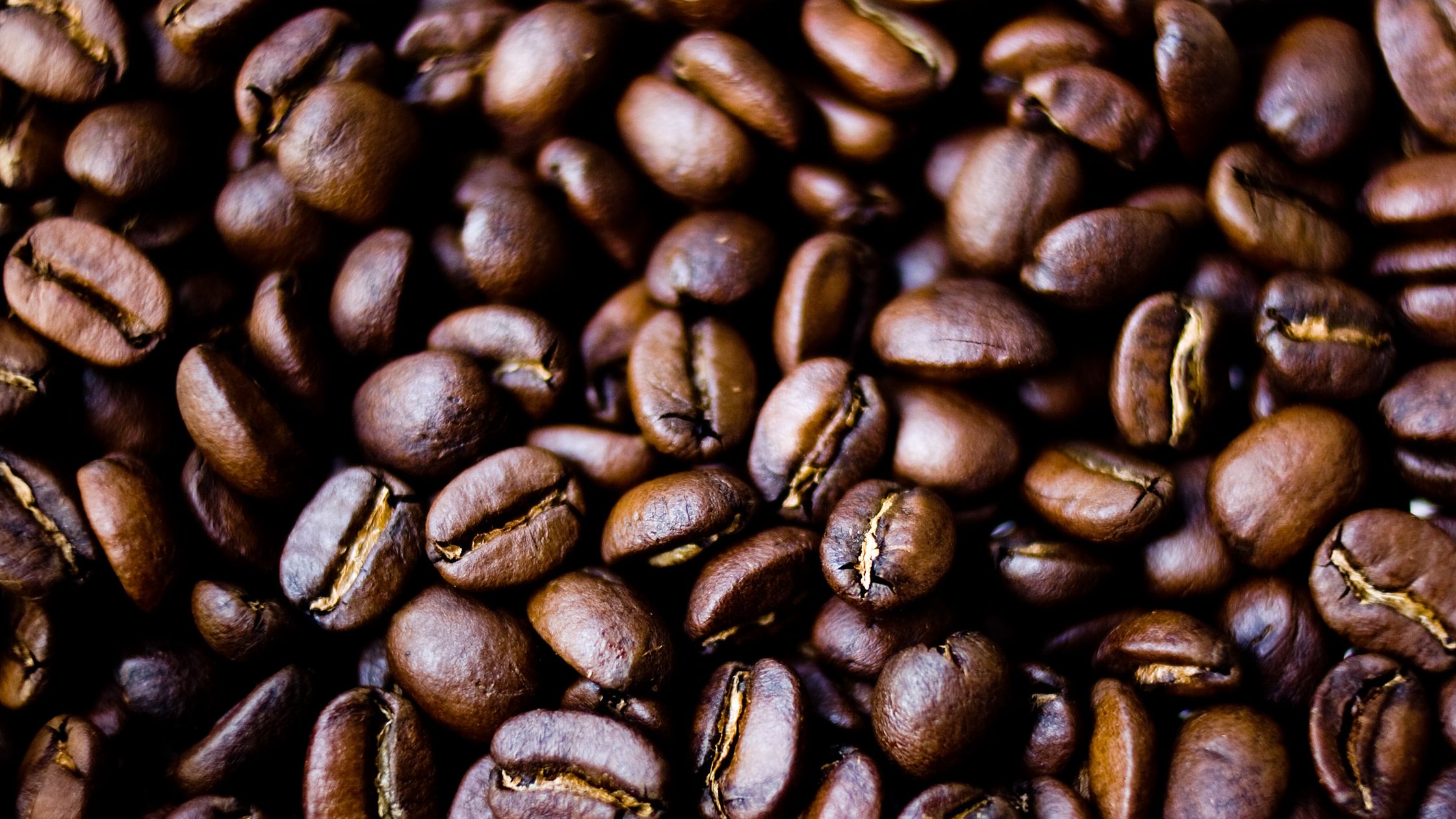- Roaster: Kings Peak Roasters (Salt Lake City, UT)
- Purchase date (both bags): 5/4/2025 at Kings Peak (412 S 700 W, SLC)
- Bag #1: Sundial Peak (blend)
- Origin: Central and South America
- Roast level: Light
- Roast date: Unknown (likely late April 2025)
- First cup: 5/9/2025
Last cup: 5/23/2025 - Tasting notes: Cocoa, milk chocolate, citrus, dried fruit
- Bag #2: Ethiopia (single origin)
- Region: Gedeo (Yirgacheffe)
- Roast level: Light
- Roast date: 4/25/2025
- First cup: 5/11/2025
Last cup: 5/26/2025 - Tasting notes: Grape, berries, passion fruit, jasmine, & honey
- Process: natural dry fermentation; Elevation: 1950-2200m; Varietals: Wolisho & Dega
- V60:
- 20g coffee / 300g water (1:15)
- Ode: 3
- Water at 99-100°C
- Recipe: Single Cup V60 Pourover with 36-40g bloom water and 6 50g pulses
- #1 – with size 2 V60, finishes 03:00-03:10
- #2 — with size 1 V60, finishes 02:55-03:05
I decided to combine these two into a single post, as they’re both light roasts, and at least initially, I’m brewing both with the exact same method and parameters.
I really like both of these. As of this writing, I’ve only brewed one cup of the single origin, but it had a very nice balance of acidity and sweetness. I’ve had a few more cups of the blend, and it’s got a bit more of a fruity twang to it (reminded me a bit of Clumsy Girl) and is overall very drinkable, if not as complex. That’s about what you’d expect from a coffee that is sold as a breakfast blend. I was a little bit surprised that the bag didn’t have a roast date on it, but it’s possible that the beans they blended together were roasted on different dates.
I’ll be alternating between these two until I use them up, so it will be interesting to see how my opinion of them evolves over the next couple of weeks. For now, I think I slightly prefer the single origin Ethiopia beans, but that could change tomorrow!
5/14: So far, no changes to water temperature or grind for either of these. I’ve taken to brewing both of them with 6 pulses of 50g water (vs 5 pulses of 60), which has produced longer draw-down times and better extraction with the Sundial Peak blend. The single origin beans didn’t really need any tweaking, but since they draw down slowly, I’m now brewing them in the size 1 V60 (which speeds up the draw-down) and compensating by adding the extra pulse. I haven’t noticed an appreciable difference in how the cups taste.
5/23: I finished the Sundial Peak blend today. The last few cups were dominated by nutty/chocolate flavors, without much hint of fruit or acidity. Overall, I really enjoyed this. I’ve been thinking about keeping a list of out-of-town coffees that I’d like to revisit at some point (maybe a separate list for local coffees as well). It’s a bit challenging, because memories of how a specific coffee tastes tend to fade over time, and it can be hard to compare something I drank several months ago to something I’m drinking right now, unlike (say) keeping a list of favorite geocaches, where I can go back and relive each experience via my logs. But were I ever to start such a list, I’d definitely put this on it.
5/26: The single-origin Ethiopia beans are now gone as well. Both of these were top-notch, but I do think this one has the slight edge — definitely my favorite coffee of the year so far. When can we go back to SLC?
